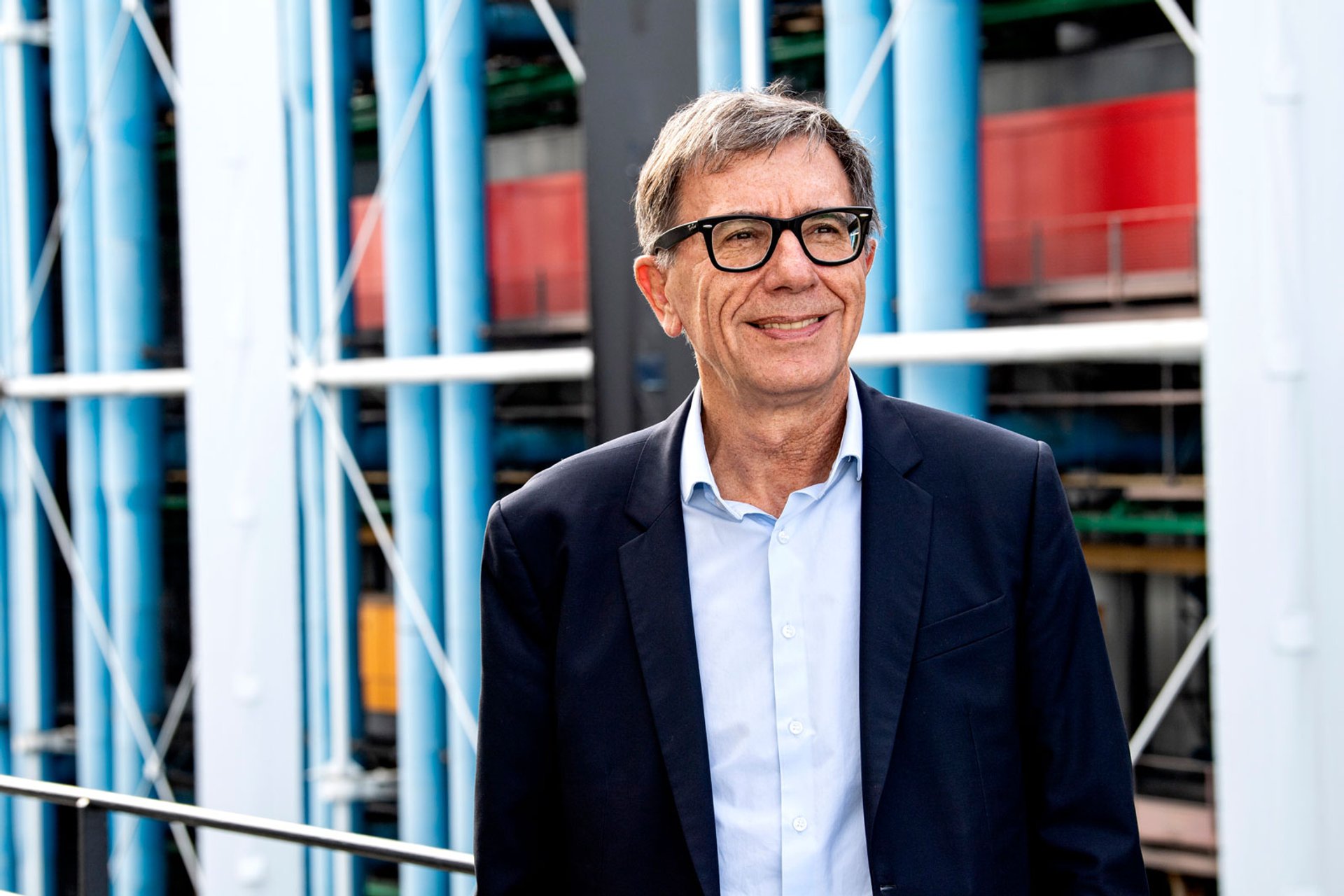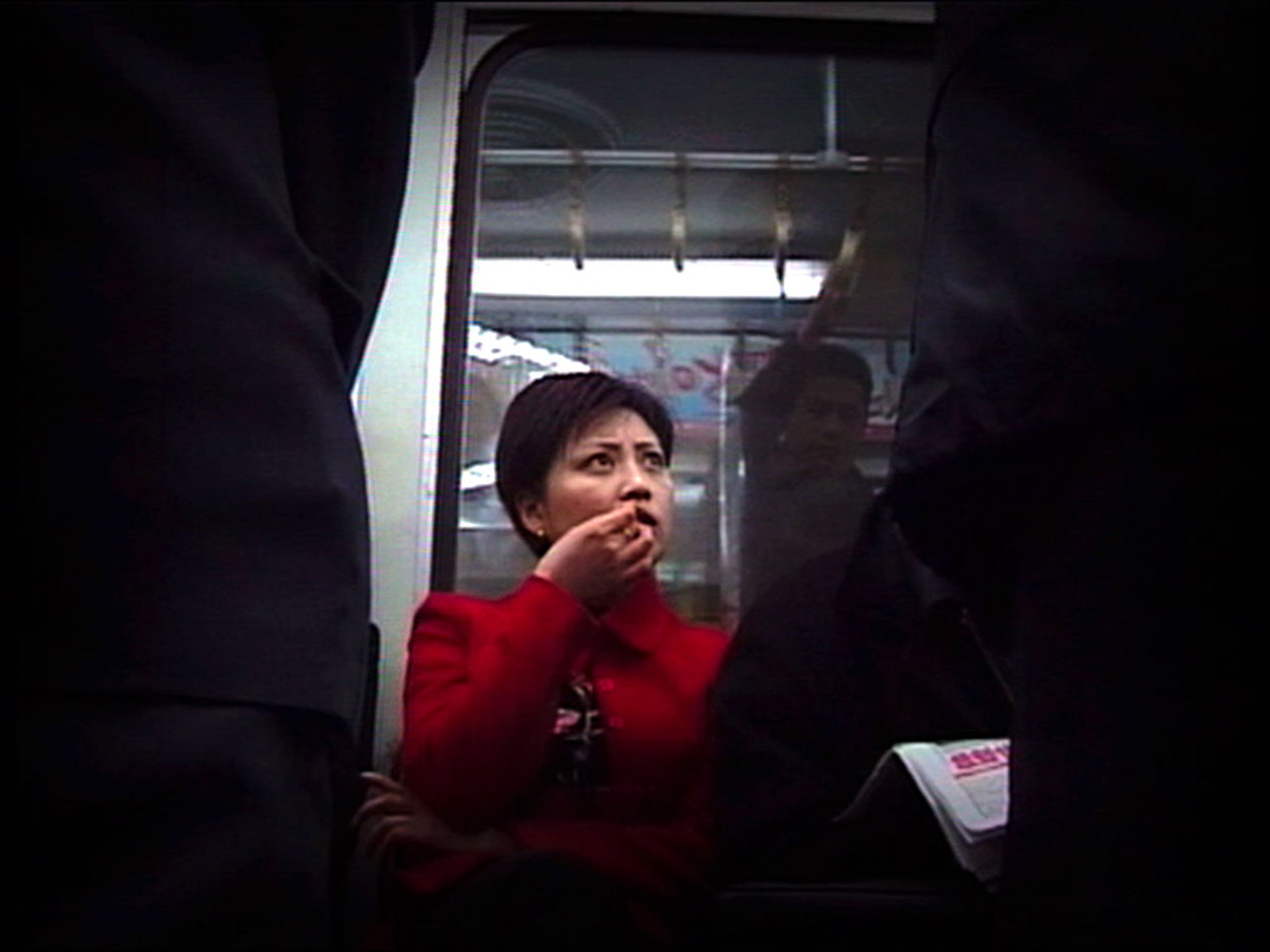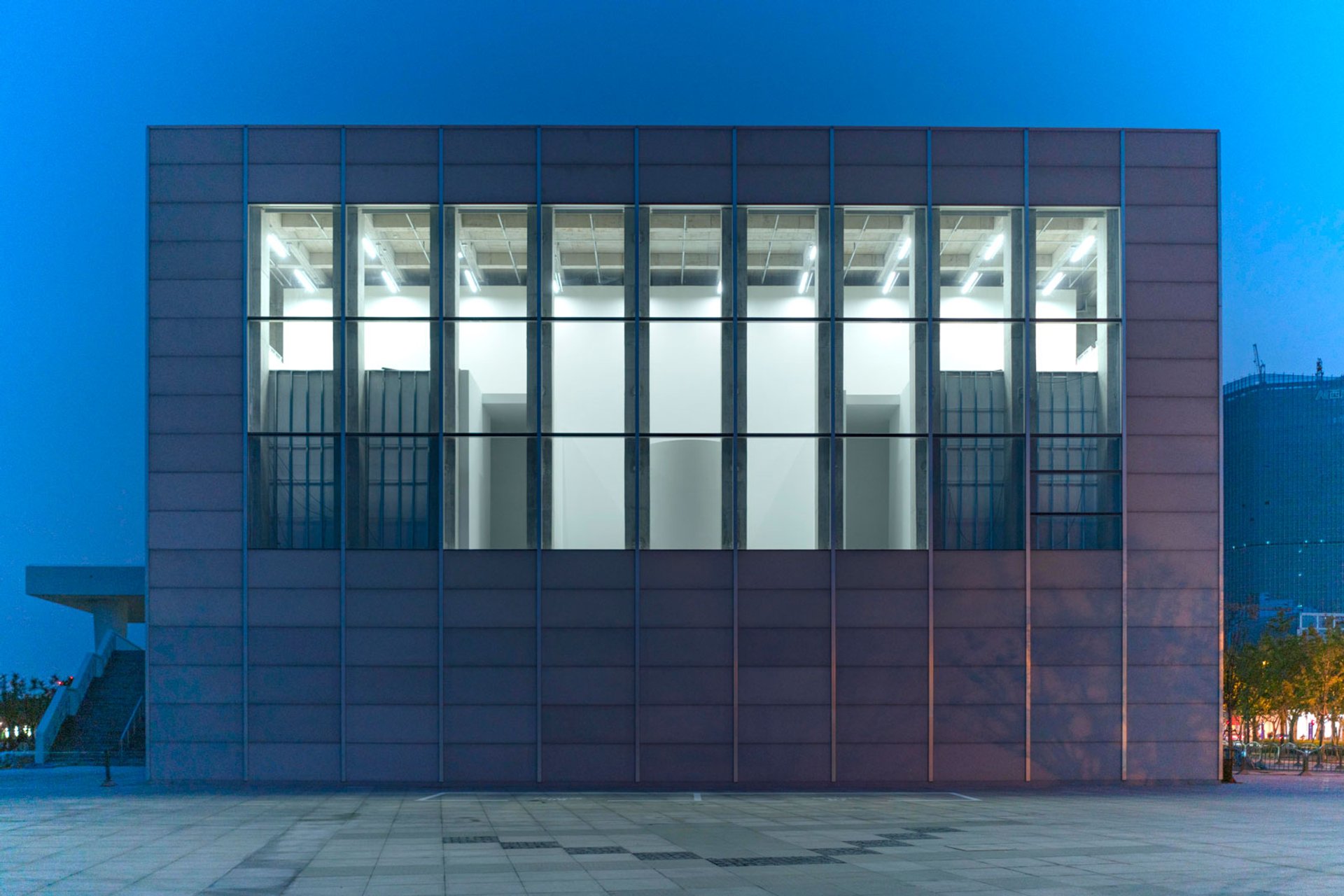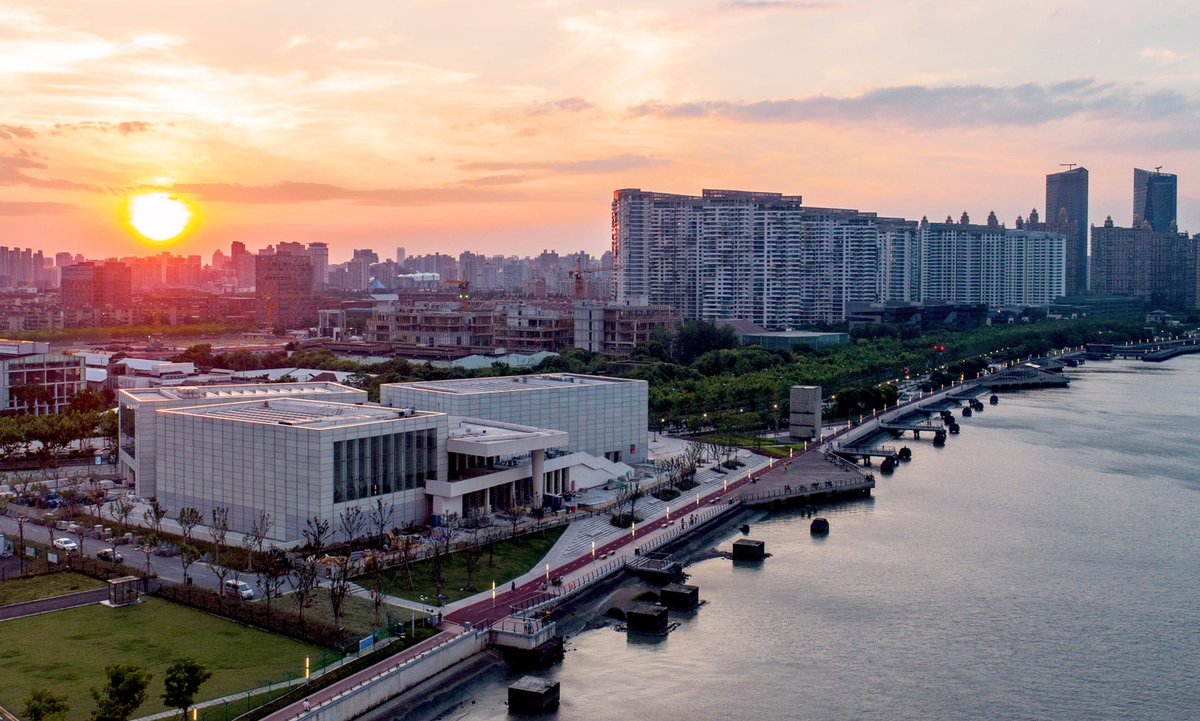Serge Lasvignes, the president of the Centre Pompidou in Paris, says that setting up an outpost in Shanghai has presented challenges including “launching with a video show [the temporary exhibition Observations, until 29 March 2020], which is a real risk because it is one of the most difficult mediums for the local authorities.”
Though frequently shown at Shanghai’s existing museums and galleries, and popular with local artists, video art can be subject to more aggressive scrutiny than traditional media. The new-media exhibition features Chinese video pioneers such as Zhang Peili, Cui Xiuwen, and Zhou Tao.
The new institution, called Centre Pompidou x West Bund Museum project, opens this week (8 November), and is housed in the West Bund Museum designed by the UK architect David Chipperfield. West Bund Museum will be directed by Li Zhonghui who is also the president of the project backer, West Bund Group, a government-owned property developer.
“We are thinking about the issue of our own content in the future,” says Li, though the Pompidou will manage the first five years of programming. “West Bund is a cultural location—including its museums—[poised] for future cultural development. Pompidou is the most professional for performance, film, music, dance as well as art, especially new media art and design. They can help us develop all kinds of culture here.”

Serge Lasvignes, the President of the Centre Pompidou © Thibaut Chapotot/Centre Pompidou
Distinct from prior Sino-foreign museum partnerships—with respective institutions’ staffs collaborating on curation and management—West Bund x Pompidou’s programming will be almost entirely managed out of Paris. Under the five-year contract, Lasvignes says, the Pompidou will have "complete exclusivity, we are entirely responsible for the [initiative]". Chinese museum professionals will also receive training in curating and conservation as part of a skills exchange.
West Bund will reportedly pay the Pompidou €2.7m annually but Lasvignes says that “the fee differs from year to year. After the opening, we will start communicating about the final amounts. The operator is West Bund, they pay for everything [including operating costs].”
The entrance fee of 70RMB (€9) enables access to the permanent collection show on weekdays (The Shape of Time, until May 2021); the fee for both exhibitions, including Observations, is 150RMB (€20) with discounts and concessions available. Prices rise on weekends and holidays to 80RMB and 170RMB respectively. An annual membership scheme costs 300RMB (€38).
According to the New York Times, local officials requested that “fewer than five works” were removed from The Shape of Time, which comprises 100 key 20th-century works by artists such as Pablo Picasso and Zhang Huan (Lasvignes declined to name the censored works).
“I don’t know about levels of censorship. What I do know is the relationship we have with the authorities here and the bureau of culture. It was our first time here. The first thing for us is to try to understand why such works are inappropriate,” Lasvignes says.

Cui Xiuwen's Underground 2, 1 (2002) is on show in Observations © Coll. Centre Pompidou
Self-censorship of shows that might fall foul of the Chinese authorities is not an option, Lasvignes says: “We stay absolutely free in our programme. Here, the issue is understanding if we can keep doing interesting things and be aware of the local criteria.”
Does the initiative bolster Chinese soft power in the era of anti-government protests in Hong Kong and reports of over a million Xinjiang Muslims detained in camps? “The image of China abroad is not a question for me,” he says. “It will help the image of the Pompidou because we’ve had the courage to come here and we’re going to show that we’ll have an interesting programme for the Chinese public.” He warns though that “if we cannot do interesting things any more in the relationship we have with the Chinese authorities, we’ll stop.”
He is candid about increasing the number of Chinese tourists to the Beaubourg gallery, which is still relatively low. In 2018, 5% of its visitors came from Asia, with Chinese nationals making up 1% of the total. “The number of Chinese tourists that come to the Centre Pompidou is still modest. When they come to France, they go to the Eiffel Tower and the Louvre, they don’t really come to the Centre Pompidou… there is also a middle-class developing [in China] which has more means, and is more concerned with culture.” The gallery has also set up accounts on the social media networks Wechat and Weibo.

Centre Pompidou x West Bund Museum Project in Shanghai © Aki / West Bund Museum
The Shanghai branch is one of several Pompidou outposts; in 2015 a satellite space opened in Malaga, Spain, with other branches planned for Brussels, and long-term, in Seoul and the Czech Republic where Lasvignes wants to create a “platform to rethink modernity in Eastern Europe”.
“It is very different from the Guggenheim model,” he adds. “Our presence here and abroad is based on a true cultural partnership based each time on a very specific project. What we’re doing in Brussels, for instance, is very different from what we’re doing here.” The Brussels outpost, housed in a former Citroën garage (Kanal-Centre Pompidou), is on track to open in 2023.
Asked if he is boosting or diluting the Pompidou brand, and turning it into a ubiquitous Starbucks type-model, Lasvignes says: “Our presence here allows us to understand and scout the artists that will matter. The way we work is the exact opposite of Starbucks; it’s not like finding the same products in different local franchises.”
According to Bernard Blistène, the director of the Musée national d’art moderne at the Centre Pompidou, subsequent shows will consist of two more installments of The Shape of Time and about ten six-month feature shows including Kandinsky and the Orient, exploring the Russian artist’s interest in Asian bronzes, and a design exhibition.
The five-year contract also stipulates that the Pompidou in Paris will host three exhibitions of Chinese contemporary art, though Blistène would not specify whether West Bund would be involved in their curation. “Our goal is to develop our Chinese contemporary art collection, and we are developing activities between the two countries, such as a recent show of [Beijing-based artist] Cao Fei.” A show exploring the dialogue between China and Africa is underway for Paris, though unlikely to travel to the Shanghai outpost.
Blistène stresses the importance of Chinese artists and intellectuals who emigrated to France and the rest of Europe, such as Zao Wou-ki and Shen Yuan. “We definitely wish to work with Chinese people, there has to be a dialogue, or it is lost in translation.”



